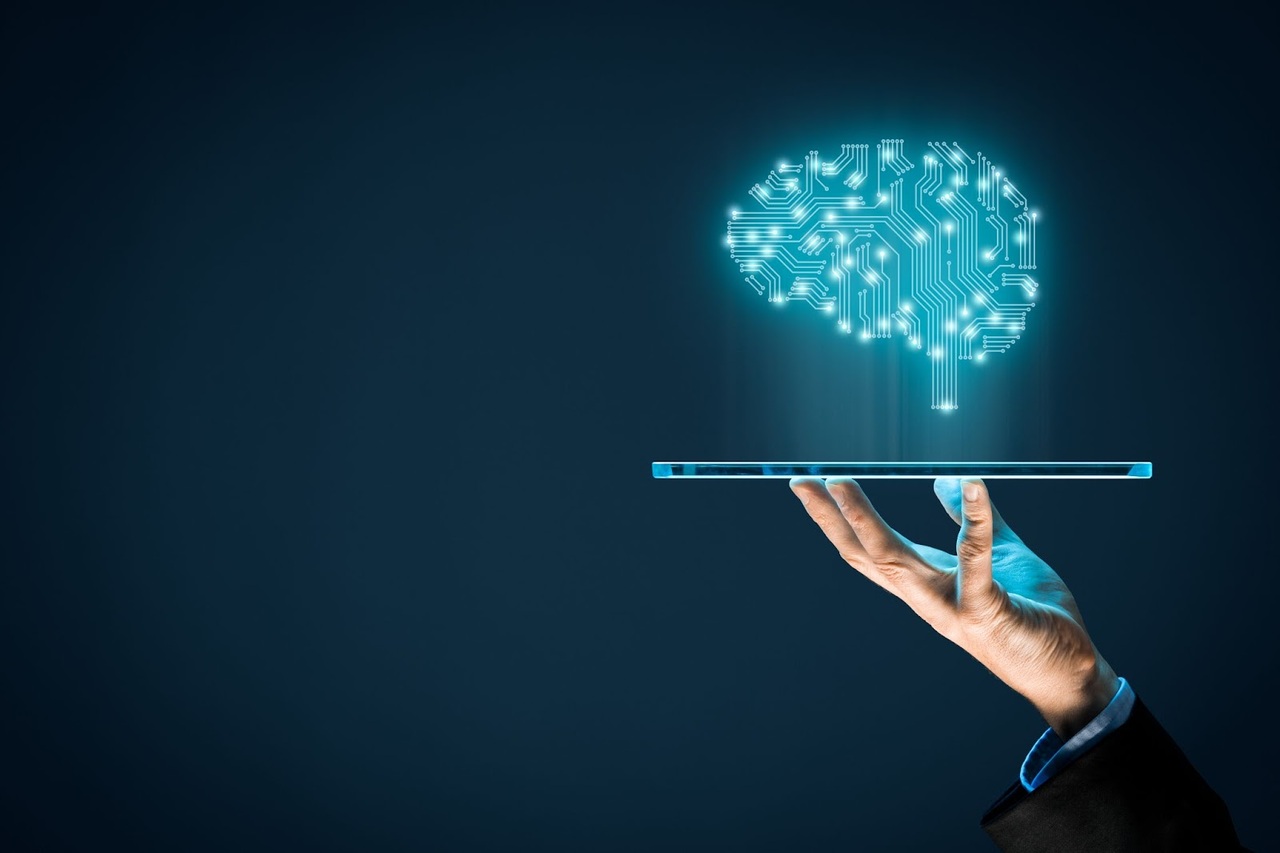Automation with AI and ML: How to boost business productivity
AI as a technology has been around for a while already. Nevertheless, the lack of practical application had long been the main obstacle to its massive adoption. However, in the past few years, more and more organizations are successfully using AI in core processes such as customer support, marketing, product management, quality assurance, order management, manufacturing, resource management, etc.
According to Statista, the global AI software market is predicted to grow by leaps and bounds in the next few years, reaching around 126 billion U.S. dollars by 2025. As a rule, AI brings the most value when used in the processes with the following characteristics:
- Repetitive: AI-based programs can help you handle repetitive tasks across an organization and save a lot of effort enabling employees to focus more on creative solutions, problem-solving, and impactful work. At the same time, unlike classical automation, AI models become more effective with each new repetition and give even better results.
- High-volume: When it comes to AI, the more data you have for training the model, the more accurate insights it will yield. Once you have a large amount of data, AI algorithms will train your model to reach a sufficient level of accuracy.
- Rule-based: The process must have some kind of basic algorithm. Contrary to traditional automation, the AI-powered model will further learn and improve the initial algorithm making it more and more efficient.
The purpose of this article is to explain why AI & ML are fundamental to automation and how we use these technologies in practice.
Practical use-cases for AI
There are many practical use-cases for AI – both general (e.g. building advanced analytics) and industry-specific (predictive maintenance in IoT). Here we would like to elaborate on more general ones since they apply to any business domain.
Image Recognition
Organizations around the world are leveraging computer vision and, specifically, image recognition (IR) to increase process efficiency and boost productivity. IR is a collection of image detection and analysis techniques that automate a particular task. It is a technology that is able to identify people, places, and many other kinds of objects in an image and reach conclusions by analyzing them. For instance, you can use IR to solve such tasks as gun detection in video surveillance or boost the classification speed of film posters by 800 times in comparison to human efforts.
ML algorithms can help to train deep learning frameworks to recognize and categorize images in a dataset with much greater accuracy than people. This ML technology is used in different spheres, from equipment wear detection and microsurgical procedures in the healthcare industry to self-driving vehicles. According to Forbes, 72% of hotel operators are expected to leverage facial recognition by 2025 to identify and interact with guests to provide superior customer support.
Pattern recognition
Mongodb reports that 80 to 90 percent of data generated and collected by organizations is unstructured. Organizations need to understand and interpret it in order to get valuable business insights. This is where AI comes into play. The key concept behind AI data recognition is that we use ML and cognitive technologies to help convert unstructured data into meaningful information for timely analysis and decision-making.
Pattern recognition can be used when migrating data from a large number of legacy systems into a single source of truth, for sentiment analysis (classify the emotions into positive or negative), for document analysis in the HR processes (automatic recognition and analysis of resumes), and legal practices (analysis of legal documents). It is also widely used for computer-aided diagnosis (CAD) systems in healthcare and natural language processing (NLP).
Advanced Analytics
Advanced analytics (AA) is a comprehensive set of analytical techniques aimed to help companies discover trends & patterns and get more value from data assets. AA goes even further, applying complicated modeling techniques to predict future events or discover patterns that would otherwise be impossible to detect. AA tools can execute many functions, including correlation analysis, predictive analysis, multivariate statistics, text mining, pattern matching, cluster analysis, and more.
There are many great use cases for AA. E.g., marketing systems and tools rely on AA to understand consumer preferences and forecast how those will evolve in the future. It is also commonly used for predictive maintenance, financial forecasts, inventory & warehouse management, etc. One of the good examples is an AI-based system that helps users choose the best time for buying an airplane ticket for a selected date resulting in 5%-10% savings on the airfare price.
Anomaly Detection
Anomaly detection is all about finding patterns that deviate from expected behavior within given datasets (exceptions, peculiarities, observations, etc.). They are typically the reason for some kinds of issues like credit card fraud, cyber-attacks, etc. AI-driven anomaly detection algorithms can analyze and interpret datasets. These algorithms can automatically adjust parameters for normal behavior and detect irregularities in patterns. It can catch the slightest flaw that the human eye may not notice.
Anomaly detection applications are used in fraud detection for financial transactions, fault detection in manufacturing, disruption detection in computer networks, aircraft sensor monitoring, and identifying potential risks or medical problems in healthcare.
Bottom line
Artificial intelligence and machine learning technologies are expanding the capabilities of software applications that are now used in our daily lives: digital assistants, face recognition, photo editors, banking services, customer support, and product recommendations. They help increase the productivity of DevOps teams by automating repetitive tasks and eliminating SDLC inefficiencies. There are a number of ready-made platforms that accelerate the launch of AI solutions in different directions. Therefore, AI becomes much easier to apply.

